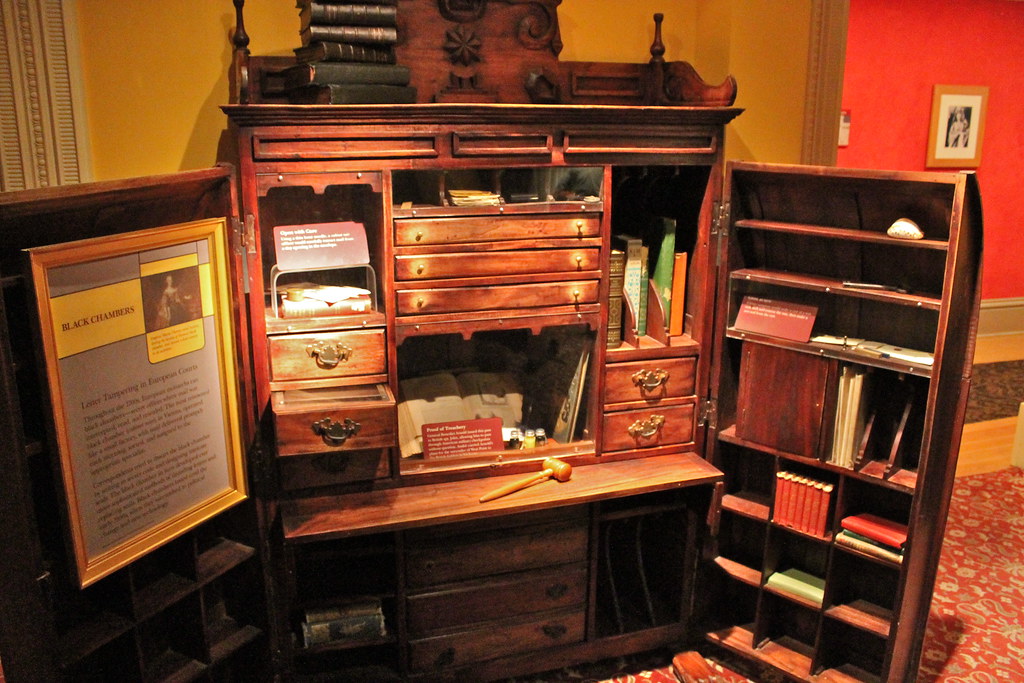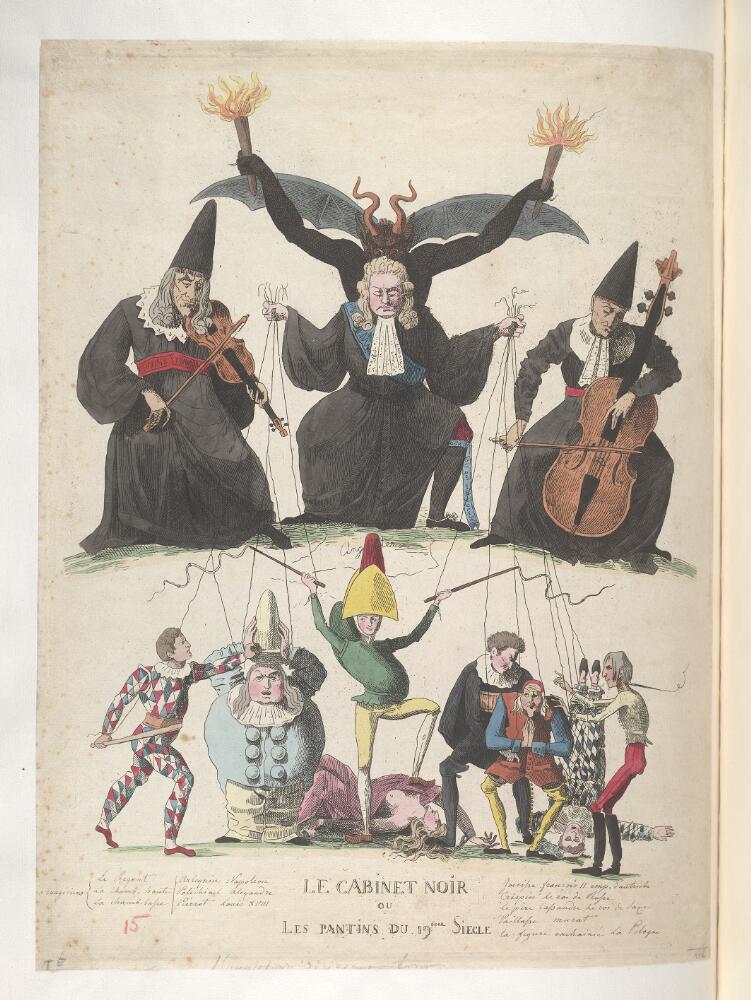“The Black Chamber: The Birth of State Surveillance in Europe”

Long before the era of digital surveillance, hacking, and phone tapping, intelligence gathering relied on far more analog methods—some shockingly bold in their simplicity. In early modern Europe, one of the most influential, yet little-known, tools of state surveillance was the “Black Chamber”—a secret government office dedicated to the interception, opening, reading, and resealing of private correspondence.
Known in French as the Cabinet Noir, this practice became widespread across Europe from the 17th to the 19th centuries. The Black Chambers represented a critical innovation in the evolution of espionage, where information was currency, and national security meant spying not just on enemies, but on allies, merchants, and even citizens.
🏛️ Origins of the Black Chamber: France Leads the Way
The concept of a centralized letter-opening service can be traced back to France under Louis XIII and Cardinal Richelieu in the early 1600s. As France’s chief minister, Richelieu understood that knowledge was power, and that monitoring correspondence between nobles, merchants, and foreign diplomats offered invaluable intelligence.
Characteristics of the early Cabinet Noir:
- Staffed by scribes, codebreakers, linguists, and wax seal specialists
- Letters were opened, copied or decoded, then re-sealed with wax or string so the recipient would not detect tampering
- Information was sent to royal advisors or foreign ministries
Soon, other European powers would follow suit—including Austria, Prussia, and Britain.

📜 How It Worked: A Shadow Post Office
The brilliance of the Black Chamber lay in its invisible efficiency. Postal routes, often run by royal or state authorities, offered the perfect channel for discreet surveillance.
Step-by-Step Process:
- Interception – Mail was routed through government-controlled postal hubs or secret drop-off points.
- Opening – Using steam, blades, or chemicals, the seal or envelope was carefully opened.
- Duplication – Contents were copied by hand or analyzed for ciphers.
- Resealing – Skilled craftsmen resealed letters using forged seals, matching ink, and even aged paper.
- Return – Letters were delivered on time, with the sender and recipient never suspecting interference.
This secret system allowed governments to monitor internal dissent, trade secrets, and foreign diplomatic plans without ever setting foot in an embassy or battlefield.
🧠 Intelligence Work Before the Internet
The Black Chambers weren’t just about reading letters—they were early centers of:
- Cryptanalysis: Teams decoded ciphers, often breaking new encryption techniques.
- Linguistics: Staff were multilingual, able to read letters in Latin, French, German, Italian, and others.
- Profiling: Detailed logs of correspondents were kept, helping authorities track relationships and allegiances.
They were intelligence agencies before the concept even formally existed, combining tradecraft, science, and bureaucratic precision.
🇦🇹 Vienna’s Black Chamber: The Most Famous of All
While many nations operated Black Chambers, Austria’s Geheime Kabinettskanzlei—the Secret Chancellery Office in Vienna—was the most infamous.
- Operated from 1711 until the mid-19th century
- Intercepted not just enemy correspondence, but letters from within the Habsburg Empire
- Helped crack diplomatic codes and played a role in shaping Austria’s complex foreign alliances
The Austrian Black Chamber was so advanced that other nations hired its staff or modeled their systems after it.
🇬🇧 Britain’s Secret Letter Offices
Britain operated similar facilities, particularly during times of war. One such chamber was located within the British General Post Office in London and used during:
- The Napoleonic Wars
- The American Revolution
- The Crimean War
These offices provided invaluable intelligence on colonial unrest, political radicals, and foreign operatives.
Famous British spymaster John Thurloe, under Oliver Cromwell, ran one of the earliest versions of a Black Chamber in the 1650s.
🔓 Exposure and Backlash
The secrecy of these chambers was critical. Once revealed, they often caused diplomatic scandals and public outrage.
Examples:
- Dutch postmasters complained of intercepted mail during the War of Spanish Succession.
- In the 1840s, it was discovered that France’s Chamber had intercepted mail from British embassies.
- The exposure of Austria’s Black Chamber in 1844 sparked international condemnation.
By the 19th century, the practice began to lose legitimacy, seen increasingly as a violation of personal liberty and international trust.
📜 The Black Chamber in the Modern Imagination
The term “Black Chamber” would echo into the 20th century. Most notably:
- In the 1920s, the U.S. established a cipher bureau also nicknamed The Black Chamber, headed by Herbert O. Yardley. It decrypted Japanese and European codes until its disbandment in 1929.
- Yardley later wrote a bestselling exposé titled The American Black Chamber, shedding light on America’s early cryptanalysis programs.
🧠 Legacy: From Wax Seals to Digital Spying
Though primitive by today’s standards, Black Chambers set the groundwork for modern:
- Intelligence services (like MI6, CIA, and the NSA)
- Surveillance laws and counterintelligence operations
- Cryptanalysis and digital encryption
They also raise timeless ethical questions:
- Is it ever acceptable for governments to violate private communication?
- Where is the line between national security and individual rights?
As digital surveillance becomes increasingly normalized, the Black Chamber serves as both a precursor and a warning.

🧠 Conclusion: Secrets in the Fold
The Black Chambers of early modern Europe were quiet, invisible weapons—where empires spied through quills and wax, paper and patience. They changed the course of wars, unveiled plots, and created new paradigms of secrecy.
Though the tools have evolved, the principle remains: information is power, and those who control it shape the fate of nations.




